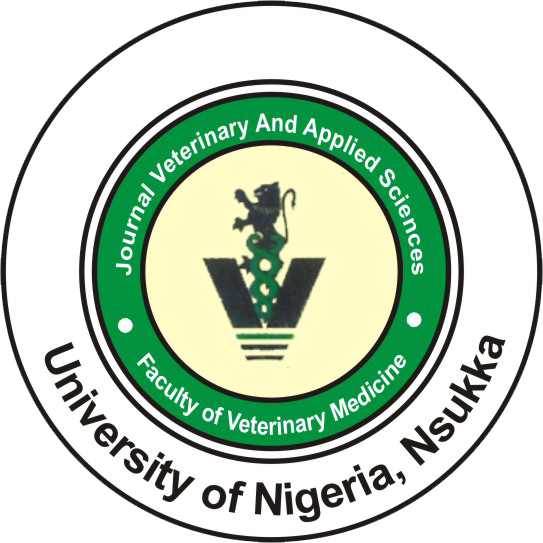University of Nigeria
ISSN: 2315 - 6856
e-ISSN: 2636 - 5553
Journal volumes
Powered by: RockSystems Global Services Ltd.
rocksystemsglobal@gmail.com (+2348035271306)
www.rocksystemsglobal.com
Volume 13, Issue 2: 2023 - Article 16
Acute toxicity study, phytochemical and elemental analyses of root extract of Moringa oleifera Lam (horseradish tree)
Hannah A. Madziga 1, Mbursa Chiroma 1 *, Ijuptil Chiroma 2, Umar K. Sandabe 1, Olufunke A. Sodipo 3 and Nicholas Ojo 1
1 Department of Veterinary Physiology and Biochemistry, Faculty of Veterinary Medicine, University of Maiduguri, Borno State, Nigeria.
2 Department of Internal Medicine, Faculty of Clinical Sciences, College of Medical Sciences, University of Maiduguri, Borno State, Nigeria.
3 Department of Clinical Pharmacology and Therapeutics, College of Medical Sciences, University of Maiduguri, Borno State, Nigeria.
Abstract
Medicinal plants are used for the treatment of many disorders, but a good number of them have been implicated in causing toxicities. This study evaluated the acute toxicity of the root extract of Moringa oleifera Lam (horseradish tree) administered via the oral and intra-peritoneal routes, and also conducted phytochemical and elemental analyses of it. Extraction was with methanol, following the Soxhlet extraction method. The acute toxicity and phytochemical and elemental analyses were done following standard procedures. In the first step of the acute toxicity study, albino rats were randomly assigned to 3 groups of three rats for each route and then treated with methanol root extract of M. oleifera at doses of 10, 100 and 1000 mg/kg, and the rats were observed for clinical signs of toxicity and mortality for 24 hours. In the second step of the acute toxicity study, the rats received 1600 mg/kg, 2900 mg/kg and 5000 mg/kg and they were also monitored for 24 hours for clinical signs and mortality. The phytochemical analysis was qualitative, while the elemental analysis was done by flame emission spectrometry and atomic absorption spectrometry, as appropriate. The LD50 for the oral administration was above 5,000 mg/kg, but the LD50 for the intra-peritoneal administration was 1,264 mg/kg. The phytochemical analysis revealed the presence in the extract of carbohydrates, cardiac glycosides, flavonoids, tannins, saponins and terpenoids, while the elemental analysis showed that the root extract contained the following elements at these specified concentrations: Zinc – 1.0184 mg/dl, Magnesium – 0.07227 mg/dl, Iron – 0.05959 mg/dl, Copper – 0.00582 mg/dl; Cobalt – 0.00568 mg/dl, Manganese – 0.00547 mg/dl; Lead – 0.00143 mg/dl; Chromium – 0.00302 mg/dl; and Cadmium – 0.00003 mg/dl. It was concluded that the M. oleifera root extract is acutely safe when administered via the oral route, and that it contains some bioactive compounds and essential minerals.
Keywords: Acute toxicity; Phytochemical analysis; Elemental analysis; Moringa oleifera; Methanolic root extract.
How to cite this article:
Madziga HA, Chiroma M, Chiroma I, Sandabe UK, Sodipo OA and Ojo N (2023). Acute toxicity study, phytochemical and
elemental analyses of root extract of Moringa oleifera Lam (horseradish tree). Journal of Veterinary and Applied Sciences, 13(2):
319 – 329.
* Correspondence: E-mail: mbursachiroma@unimaid.edu.ng Phone: +2348068173762
Download .pdf copy here >>






